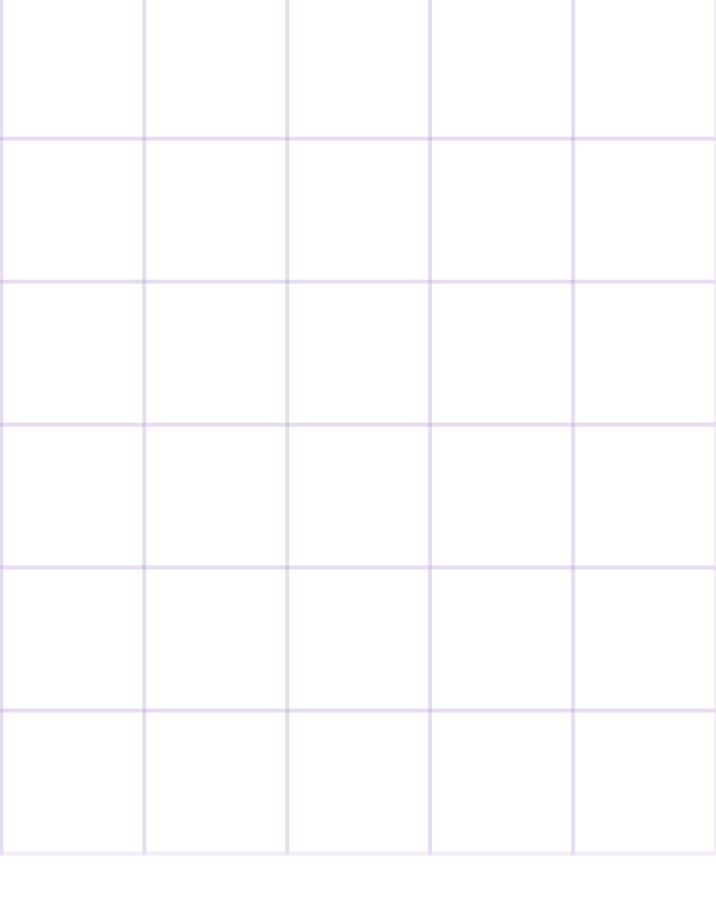Identify Directions Of Forces Quizzes
Filter your results
5th Grade
Understanding Forces and Motion - Newton's Laws and Energy in Physics

Quiz
Understanding Forces and Motion - Newton's Laws and Energy in Physics
5th Grade
Science
Investigate the principles of forces, motion, and energy with a focus on Newton's Laws and the transformation of energy. Develop an understanding of key physics concepts while honing skills in applying these ideas to real-world scenarios, fostering practical knowledge and analytical abilities. Learn to articulate the interactions and effects of forces and motion, as well as how energy is transformed and conserved in different systems.
5th Grade
Understanding Magnetism and Motion - Forces and Interactions

Quiz
Understanding Magnetism and Motion - Forces and Interactions
5th Grade
Science
Learn the principles of forces and motion, with a focus on magnetism and movement. Understand the dynamics of magnetic forces and friction, and develop skills to calculate speed accurately.
5th Grade
Understanding Forces - Friction & Motion - Physics Concepts

Quiz
Understanding Forces - Friction & Motion - Physics Concepts
5th Grade
Science
Understand the fundamentals of forces, with a focus on friction and motion, by engaging in exercises designed to improve comprehension of core physics concepts. Enhance problem-solving skills through practical applications and critical thinking in the study of physical forces.
5th Grade
Force Dynamics - Interactive Concepts - Science Fundamentals

Quiz
Force Dynamics - Interactive Concepts - Science Fundamentals
5th Grade
Science
Understand the core concepts of force and motion, including gravity, magnetism, and friction. Acquire the ability to analyze real-world physics through mastering essential principles.

